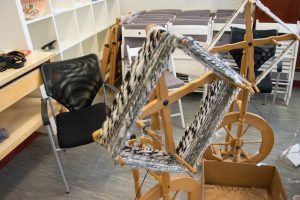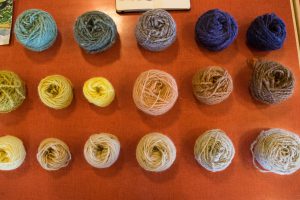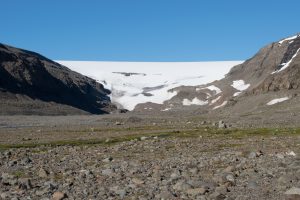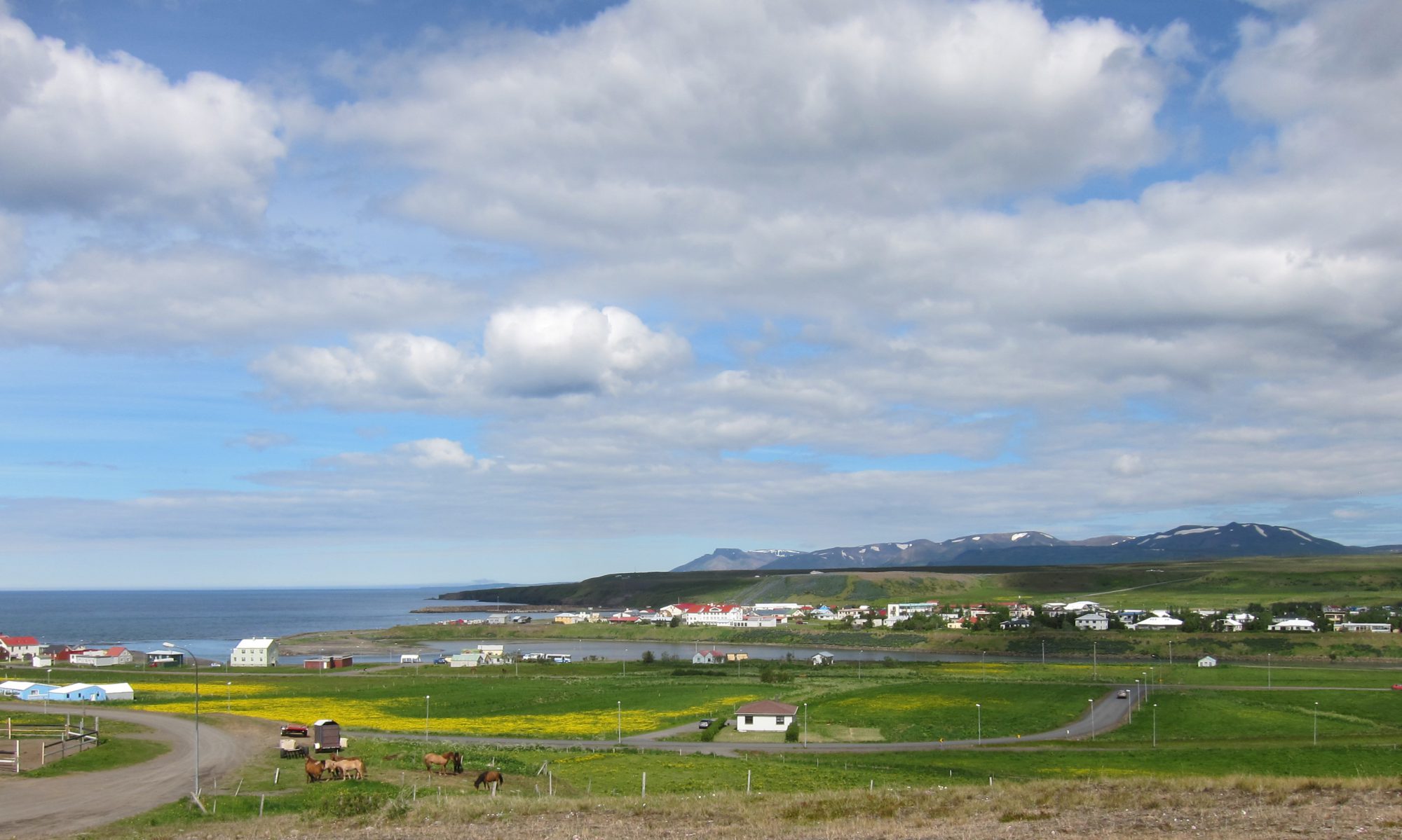
Prior to my arrival here, almost a month ago, I was preparing for this trip by reading extensively. During this this time I came upon an article by Árnason et al. (2015) which focuses primarily on driving and how this form of movement has played a part in the formation of Icelanders’ relationship to the Icelandic landscape. One interesting point that the article argues is that car travel in Iceland is embedded in a national narrative which is continuous with a past identity-relationship to the land as an harsh, rugged climate which formed the centre for a national narrative of communal survival; the completion of the ring road in 1974 was done to coincided with the 1100 year anniversary of settlement and there was a pervasive imperative to tour and experience this country with this new constructed accessibility. What has stuck with me in the last month is this idea that the way we move through a landscape—and the forms of mediation, access and activities which curate our experience of it—plays an important role in the types of subjectivities, privileges and relations we form to the land as something political and economic. In this blog post I hope to muse on a few of the ways in which I’ve engaged with, related to and experienced this new environment .

I came to Iceland not knowing how to spin before, and relatively oblivious to this aspect of textile production. Since working with uncarded fleece and purchasing some carded wool about two weeks ago there has been very few days that have gone by without me spinning and working with this material; though I am not entirely sure where all this yarn will go, the activity compels me. Working from the bulk wool has also given me a bit more of a concrete sense of the material resources and labour that go into the production of wool products which is a symbolic industry in Iceland visible through the omnipresent lopapeysa, as well as the importance of sheep to this commodity. To give a sense of the pervasiveness of this woolly friend a small anecdotal remark might be helpful: a sheep farmer in the Westfjords told us that in that region there are roughly 7000 people and 20 000 sheep.

Alongside the meditative spinning, I’ve also found myself exploring and experimenting with natural dyes. This was prompted by a wonderful workshop which my peers have written about in their blog posts so I would like to highlight another aspect of it: walking and identifying. Part of the activity in experimenting with these dyes involved having to walk in and around Blönduόs in search for dye materials. In doing so I learned how to identify specific plants in the landscape, making me more aware of my surroundings. A good example of this involves a search for cow parsley which can provide a wonderful sea-green with copper. At first I thought it was omnipresent and was about to head out to collect some when I was informed that it is very similar in appearance to hemlock—which is extremely poisonous. After looking up the differences online I came to realise that the abundance of cow parsley which I thought surrounded us was in fact hemlock. It’s interesting to note that once I had a name for a particular plant I started to acknowledge and recognise it more in the landscape. Translating these raw plant materials into dye is also an enlightening experience as you often end up with colours you might not expect and various factors, such as heat and pH value, play a major role. While I came to acquire a palette which comes close to the Icelandic landscape, I acquired these colours in a way which was not immediately intuitive.

Another important activity during my stay has been walking, something which I think all of us have been doing a lot of during our time here. While this goes hand in hand with the dyeing bit, walking also has helped for me to understand my environment in different ways: everything here appears very close, as if I could reach it in an hour’s hike, but as I try I realise that the path is not as direct and flat as it appears. This is something I have also been musing about with the work I have been doing which aims, in part, to play with the flatness that both our own vision from afar and photography places on the landscape, a distortion of sorts which filters our experience of landscape and the complexity of actually being in a space versus being a spectator of the space.
This leads to another anecdote from the Westfjords: a few of us went to hike to the base of Drangajökull, Iceland’s most northern glacier. When we reached the beginning of the hike it looked so close and appeared as though it would be a relatively flat hike. But as we progressed we realised the ground was far from flat and there were hills and mounds which hid the directness of the hike. At one point we thought we were half an hour away, and after walking for an extra half hour, we realised we were still a quite a distance from the base and the road had many more up and downs than expected. All this to say that our sense of sight and the mediums through which these sites are presented can be exceedingly deceiving and there is more to the walk than meets the eye…
To return to the initial article in a way: driving is a popular way of experiencing Iceland as a tourist with many people renting a car and driving on the ring road. It was also a necessary part of many of my experiences here and I would not have made it to the glacier for instance if not for it. But, while driving reveals the landscape, and provides access to many of Iceland’s major tourist spots, other activities are also means of connecting and being in one’s environment. They have also come to reveal aspects I might have otherwise glossed over and have come to understand my surroundings in different ways. How we move through places, whether or not we are permitted movement, and our intentions, or directionality along this movement, plays a major role in the connection we form to places, how we come to understand our environment and the privileges/position we hold in these spaces. And, while I might be trying to balance too many things at the same time, this is a rough attempt at working through and with an entanglement in an unfamiliar place—co-ordinating my feet, hands and eyes to trace multiple strands into one of many threads.
Cited Article:
Arnar Árnason, Sigurjón Baldur Hafsteinsson, Tinna Grétarsdóttir,
Kristinn Schram & Katla Kjartansdóttir. (2015). Speeding Towards the Future through the Past: Landscape, Movement and National Identity. In Landscape Research, 40:1, 23-38.
